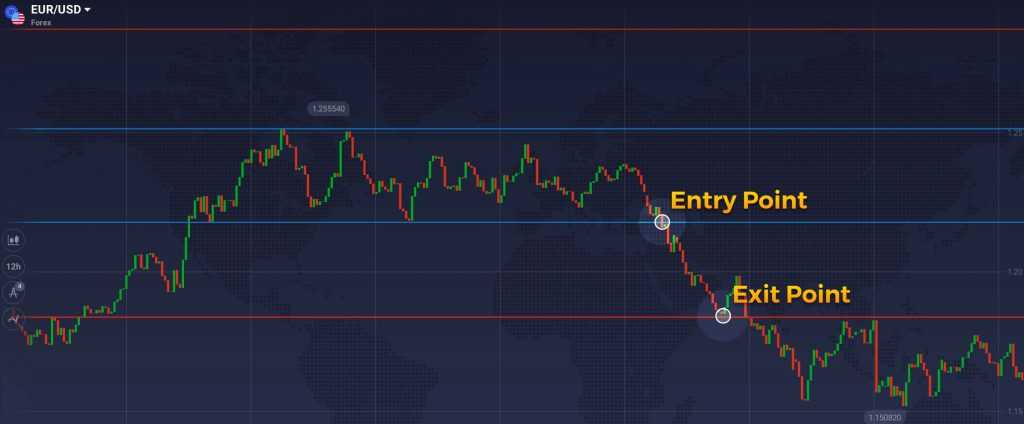What if there was a trading strategy that works regardless of the trend direction? Well, there is, and it is called the Straddle Strategy. But is it really possible to speculate on the financial markets when you cannot predict the exact direction of the price movement beforehand? You will know by reading this article.
The straddle strategy relies more on volatility than it does on the price. Of course, price plays an important role (as always in trading) but without high enough momentum the straddle simply won’t work.
As volatility is the main condition for an adequate use of this strategy, we will first have to understand when volatility is the highest. Major events and announcement usually trigger volatility spikes. But what kind of news you should be looking for? As the USD is the world’s reserve currency, the most important news come from the United States. Geopolitical news, inflation reports, and key rate announcements are of utmost importance. And remember: the bigger the news, the higher the volatility. Minor news won’t generally trigger massive price movements.
Now, to the strategy itself. When you have found an interesting event, you have to evaluate the announcement. Economic Calendar can be of great help. The former is a list of all upcoming events. This information will later assist in determining potential entry and exit points. Assets are usually traded in a narrow corridor right before the important announcement. The high and the low of that range are used as breakout points (entry points).
Now, when you know about the recent behavior of the price and have two entry points, it is time to determine exit points. In order to do so, traders usually take the difference between the high and the low and 1) add it to the high and 2) subtract it from the low. According to the advocates of this trading strategy you could use stop losses. What you get in the end is a draft of two deals: one for upward and another one for downward movement.
From now on, the price will likely follow one of the two major scenarios. First, it can reach one of the entry points and continue moving in the same direction. Alternatively, it can also reach one of the entry points, reverse and continue moving in the opposite direction.
Beware, as this strategy can be quite risky. Insufficient price movement can leave you with a loss-making deal at hand!
One of the advantages of this strategy is that it could assist with eliminating the emotional component from trading. Once you see the asset reaching a predetermined threshold, you could consider opening the deal and close it later in a similar fashion.


